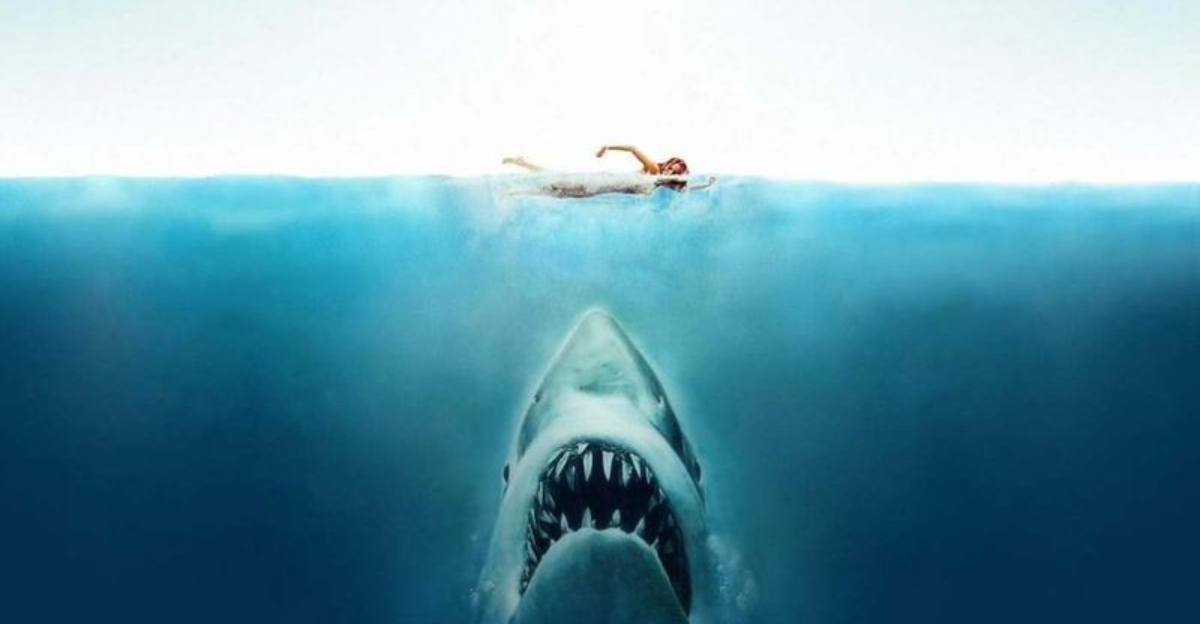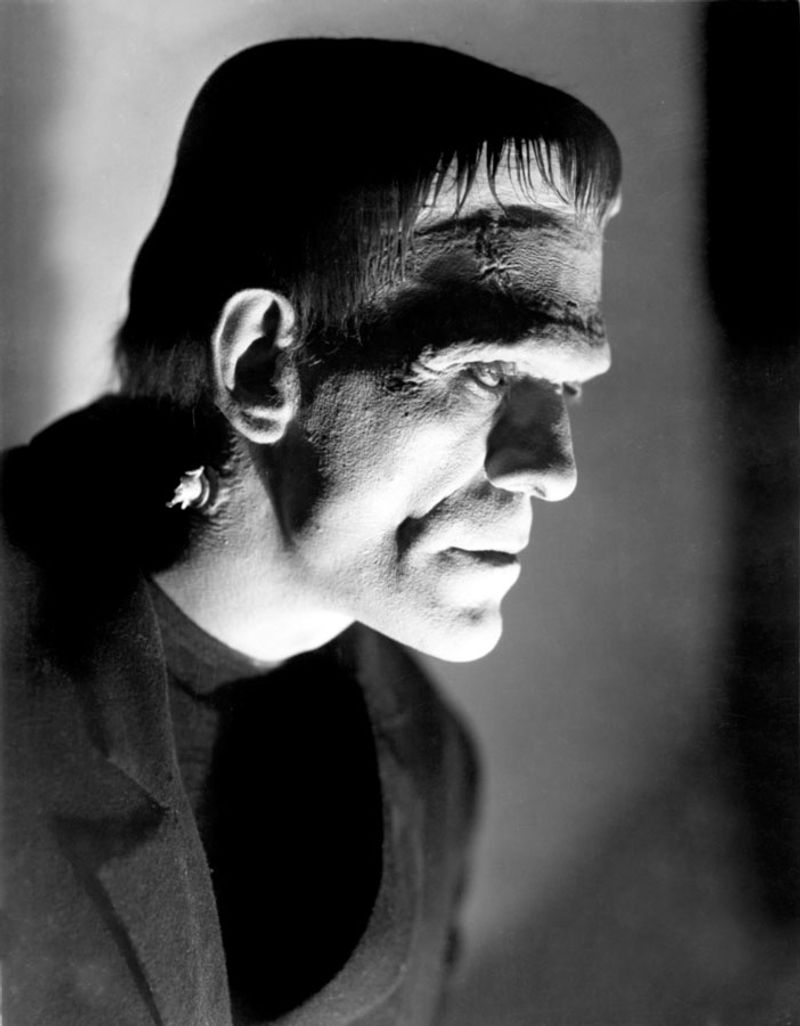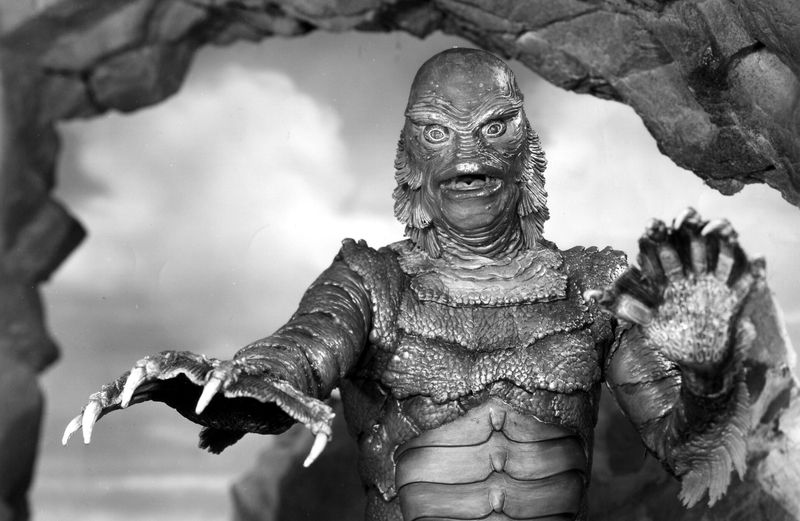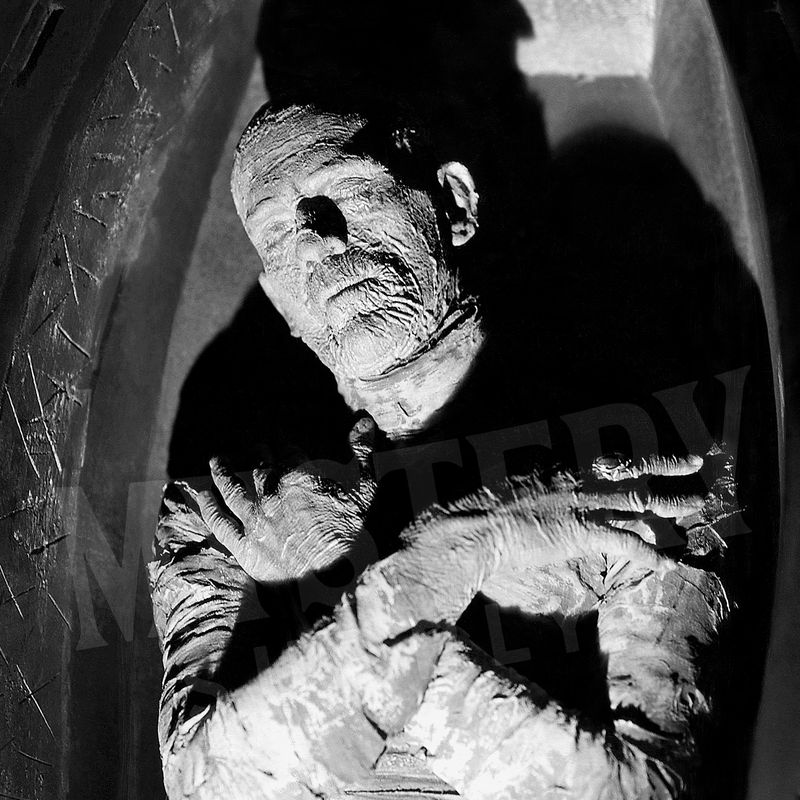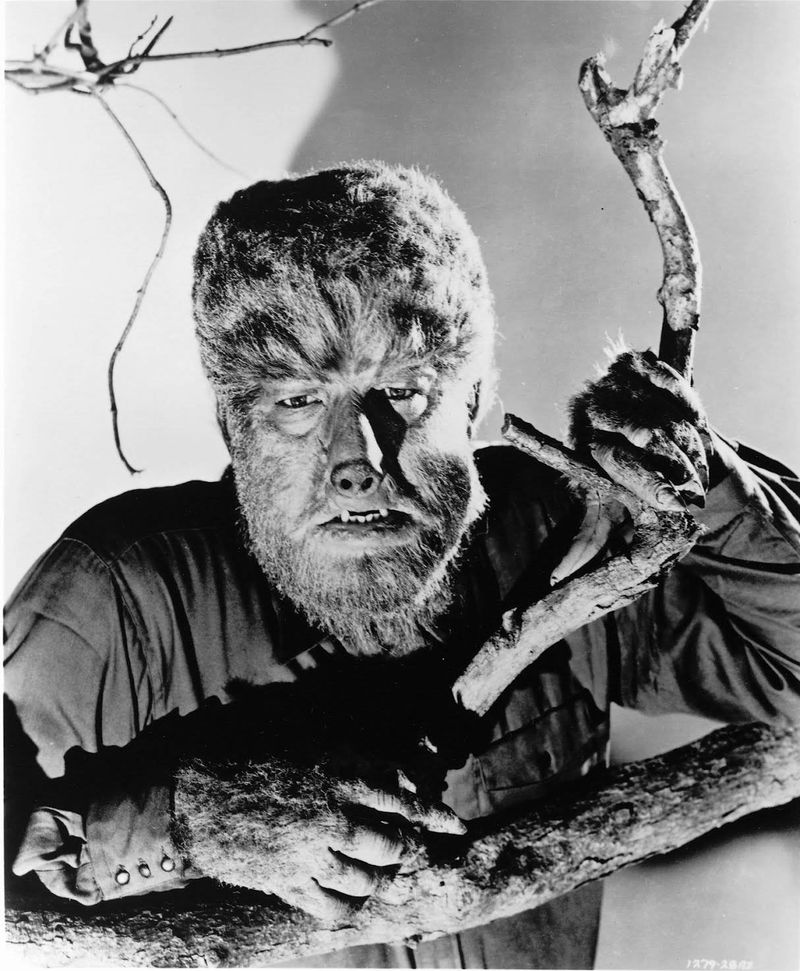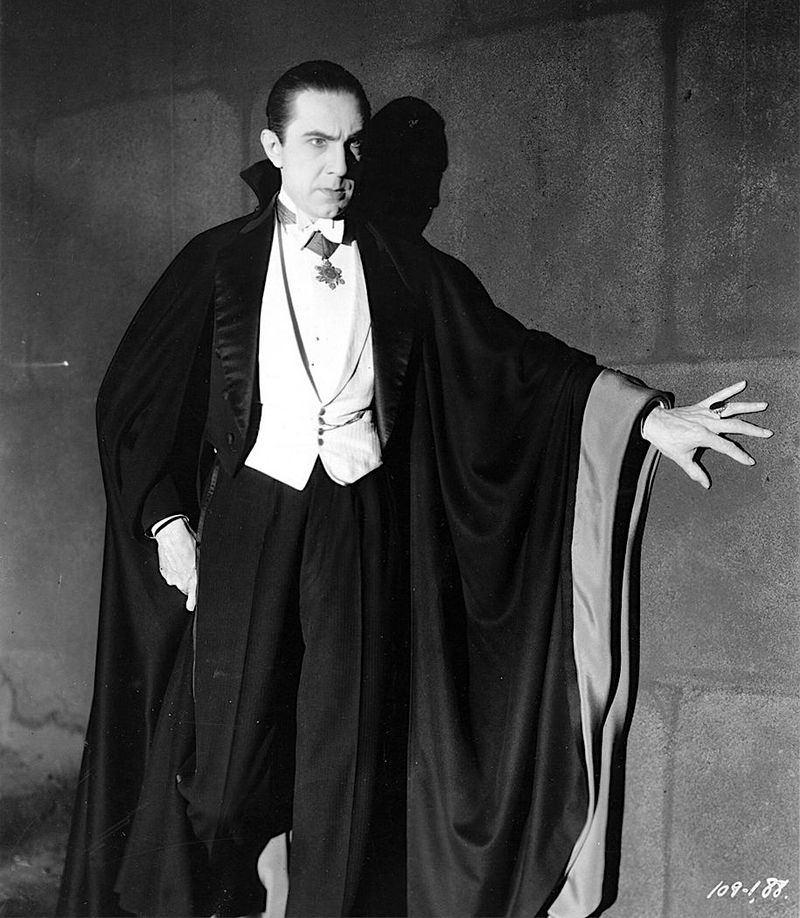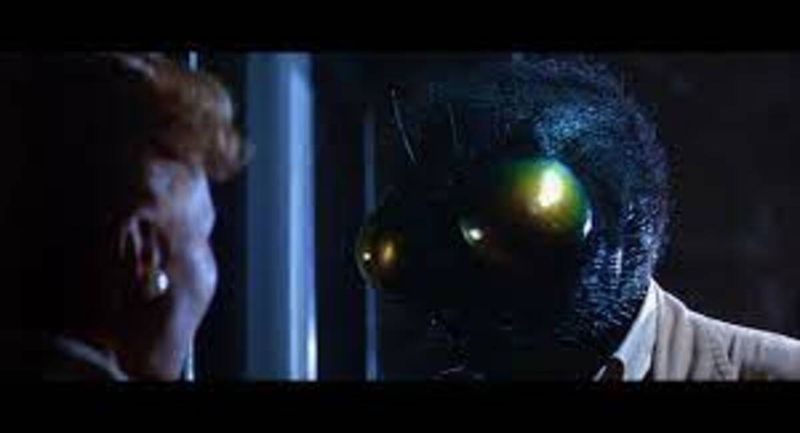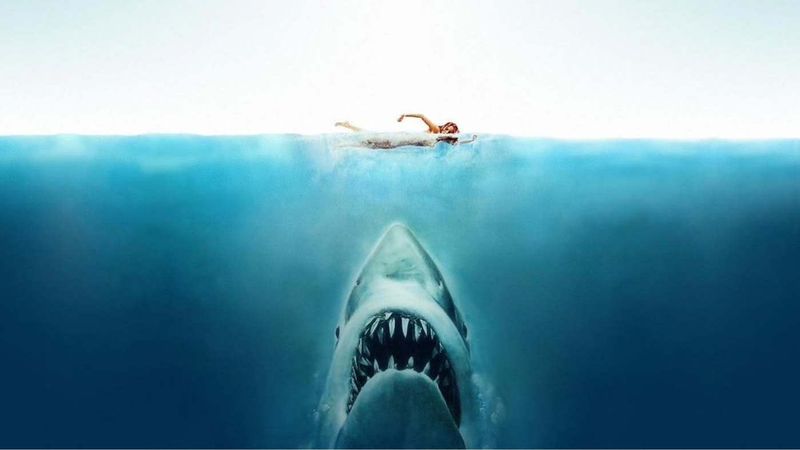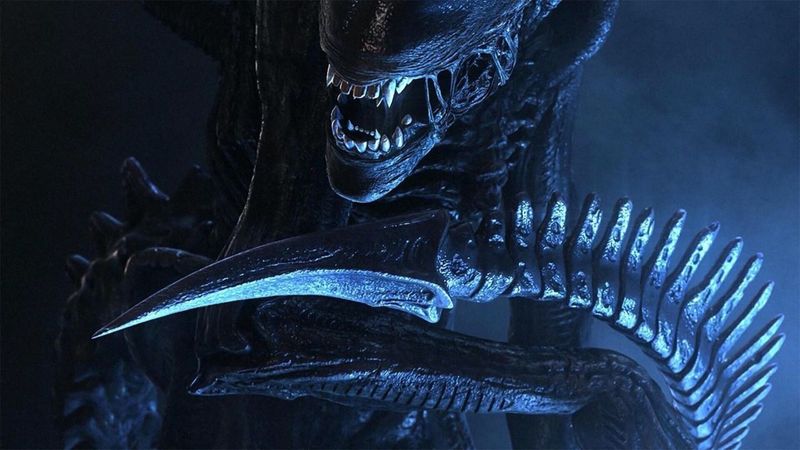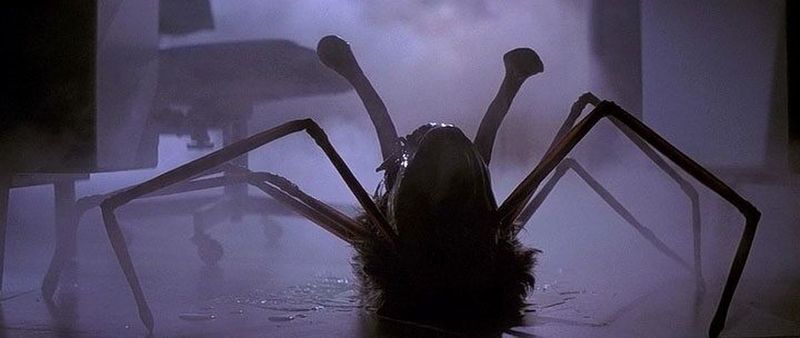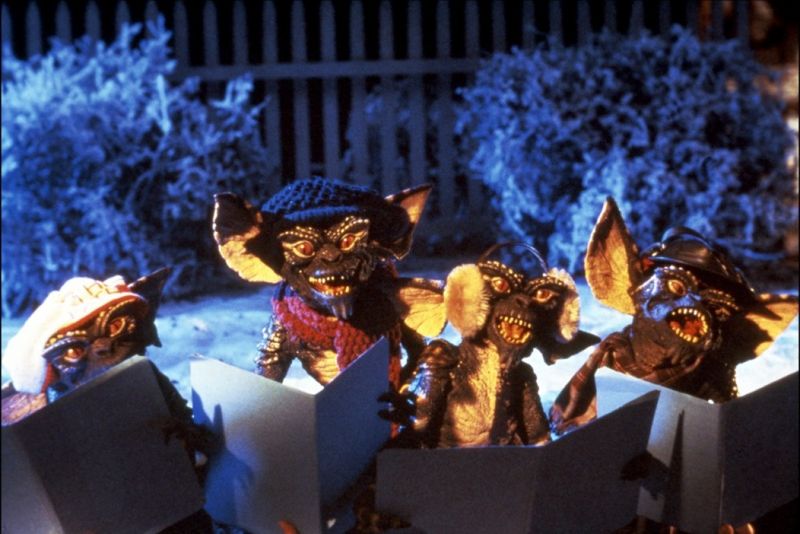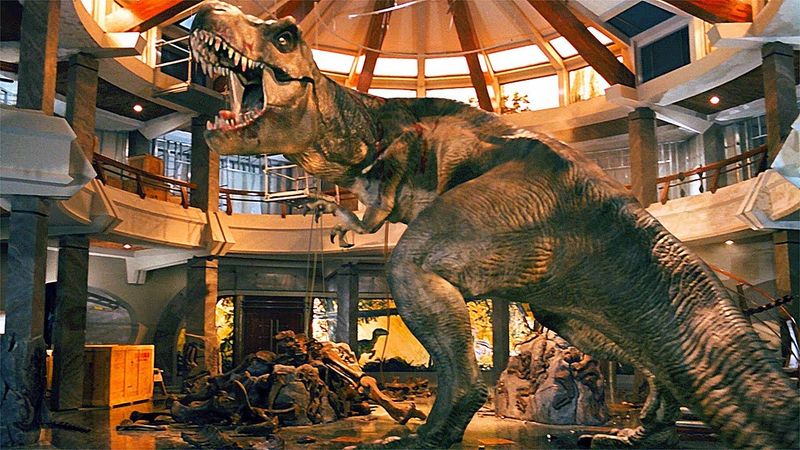Throughout the history of cinema, monstrous creatures have captivated audiences with their terrifying appearances, thrilling narratives, and unforgettable presence. These legendary creatures have not only provided spine-chilling entertainment but have also shaped the horror and sci-fi genres. This post explores 13 iconic monster movies that have left an indelible mark on film history.
King Kong (1933)
Born from the imagination of Merian C. Cooper and Ernest B. Schoedsack, King Kong is a monumental figure in cinema history. This gigantic ape ascends the Empire State Building, clutching Fay Wray in an iconic scene that has been etched into the annals of film lore.
The 1933 film pioneered special effects, with stop-motion animation that thrilled audiences. RKO Pictures brought King Kong to life, creating a legacy that inspired generations of filmmakers.
A symbol of both brute strength and tragic vulnerability, King Kong remains a towering presence on the big screen.
Godzilla (1954)
Godzilla, the towering kaiju from Japan, first roared onto screens in 1954, leaving a path of destruction in Tokyo. This prehistoric behemoth, awakened by nuclear radiation, serves as a metaphor for the dangers of nuclear weapons post-World War II.
Director Ishirō Honda crafted a film that merges social commentary with thrilling monster mayhem. Godzilla’s unique roar and indestructible nature have become cinematic staples.
With countless sequels and adaptations, Godzilla remains a cultural icon, symbolizing human fears and resilience.
Frankenstein’s Monster (1931)
Crafted by Dr. Victor Frankenstein from cadaverous remains, Frankenstein’s Monster is a tragic figure of horror literature and film. Brought to life by Boris Karloff’s chilling portrayal, the 1931 film introduced the iconic flat-headed creature with bolts in its neck.
James Whale’s direction emphasized the creature’s humanity, evoking both fear and sympathy. The film’s expressionistic style and haunting themes of creation and abandonment resonate even today.
Frankenstein’s Monster remains a poignant symbol of human ambition and the consequences of playing god.
The Creature from the Black Lagoon (1954)
Emerging from the depths of the Amazon, the Gill-man, or the Creature from the Black Lagoon, captivated 1950s audiences with its eerie presence. This scaly, amphibious humanoid was a product of Cold War-era anxieties and aquatic fascination.
Directed by Jack Arnold, the film features innovative underwater cinematography that brought the creature’s world to life. Its tragic pursuit of love and belonging adds depth to the horror.
The Creature’s distinct design and haunting score ensure its place among the greats of monster cinema.
The Mummy (1932)
From the sands of time, The Mummy emerged as a symbol of eternal love and undying horror. Boris Karloff’s portrayal of the reanimated Imhotep in the 1932 classic brings an eerie mystique to the undead.
Karl Freund’s direction and the film’s atmospheric cinematography create a world where ancient curses come alive. The Mummy’s quest for his lost love, Ankh-es-en-amon, intertwines romance with terror.
The enduring image of the bandaged monster haunts audiences, making The Mummy a timeless entry in horror cinema.
The Wolf Man (1941)
With Lon Chaney Jr. as the tormented Larry Talbot, The Wolf Man introduced the world to the tragic curse of lycanthropy. This 1941 classic explores themes of identity and destiny within a mist-draped landscape.
Directed by George Waggner, the film’s special effects and makeup by Jack Pierce brought the terrifying transformation to life. Talbot’s inner struggle and inevitable fate resonate with audiences.
The haunting imagery and poignant story of The Wolf Man secure its status as a cornerstone of monster mythology.
Dracula (1931)
Bela Lugosi’s portrayal of Count Dracula in the 1931 film remains a definitive version of the Transylvanian vampire. With his hypnotic gaze and mysterious allure, Dracula became a symbol of fear and seduction.
Directed by Tod Browning, the film’s atmospheric sets and eerie score create a timeless gothic horror experience. Lugosi’s charismatic performance cemented Dracula’s image in pop culture.
The enduring legacy of Dracula continues to influence countless adaptations and interpretations of Bram Stoker’s classic tale.
The Fly (1958)
A cautionary tale of scientific ambition gone awry, The Fly blends horror with science fiction. In this 1958 classic, a failed teleportation experiment fuses scientist André Delambre with a fly, creating a grotesque hybrid.
Directed by Kurt Neumann, the film explores themes of identity and morality. The haunting plea “Help me!” echoes the tragedy of Delambre’s transformation.
The Fly’s chilling premise and shocking climax have cemented it as a memorable entry in the annals of horror cinema.
Jaws (1975)
Steven Spielberg’s Jaws introduced the world to a new kind of terror that lurks beneath the waves. This 1975 blockbuster features a great white shark menacing the shores of Amity Island.
The film’s suspenseful score by John Williams and groundbreaking special effects create unparalleled tension. Jaws’ success changed the landscape of summer blockbusters forever.
The primal fear of the unseen predator continues to captivate audiences, making Jaws a seminal piece in monster movie history.
Alien (1979)
Ridley Scott’s Alien redefined science fiction horror with its claustrophobic atmosphere and nightmarish creature design. The 1979 film follows the crew of the Nostromo as they encounter a deadly extraterrestrial.
H.R. Giger’s creation, the Xenomorph, is both elegant and terrifying, with its biomechanical design. Sigourney Weaver’s portrayal of Ripley introduced a new kind of heroine.
The film’s tension and groundbreaking visuals have cemented Alien’s legacy as a masterpiece of both horror and science fiction genres.
The Thing (1982)
John Carpenter’s The Thing is a chilling exploration of paranoia and isolation. Set in an Antarctic research station, the film’s alien antagonist can assume the form of any living being.
The 1982 film’s groundbreaking practical effects and tense atmosphere create an unparalleled sense of dread. The uncertainty of who is human adds layers to the horror.
The Thing’s exploration of trust and identity continues to resonate, making it a timeless classic in the horror genre.
Gremlins (1984)
Joe Dante’s Gremlins blends horror with dark comedy, unleashing chaos in the form of mischievous creatures. Released in 1984, the film follows the havoc-wreaking gremlins during a quaint Christmas in suburbia.
Gizmo, the lovable Mogwai, stands in stark contrast to the malevolent gremlins. The film’s playful yet terrifying tone captures the imagination.
The innovative use of animatronics and clever storytelling make Gremlins a standout hybrid of scares and laughs, perfect for the holiday season.
Jurassic Park (1993)
Steven Spielberg’s Jurassic Park brought dinosaurs back to life with groundbreaking CGI and animatronics. This 1993 film transports audiences to a theme park where prehistoric creatures roam once again.
The T-Rex’s iconic roar and the suspenseful “raptor in the kitchen” scene are unforgettable moments in cinema. Michael Crichton’s story explores themes of control and chaos.
Jurassic Park’s blend of adventure and thrills redefined the blockbuster genre, making it a timeless classic that continues to inspire awe.
